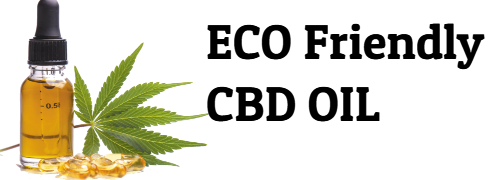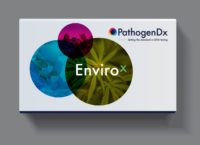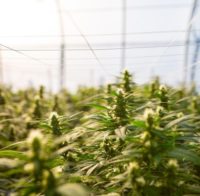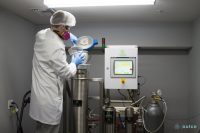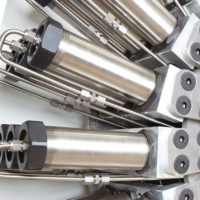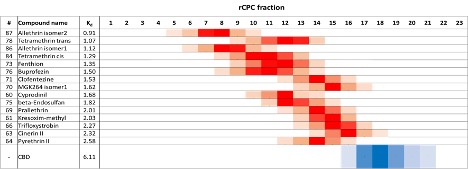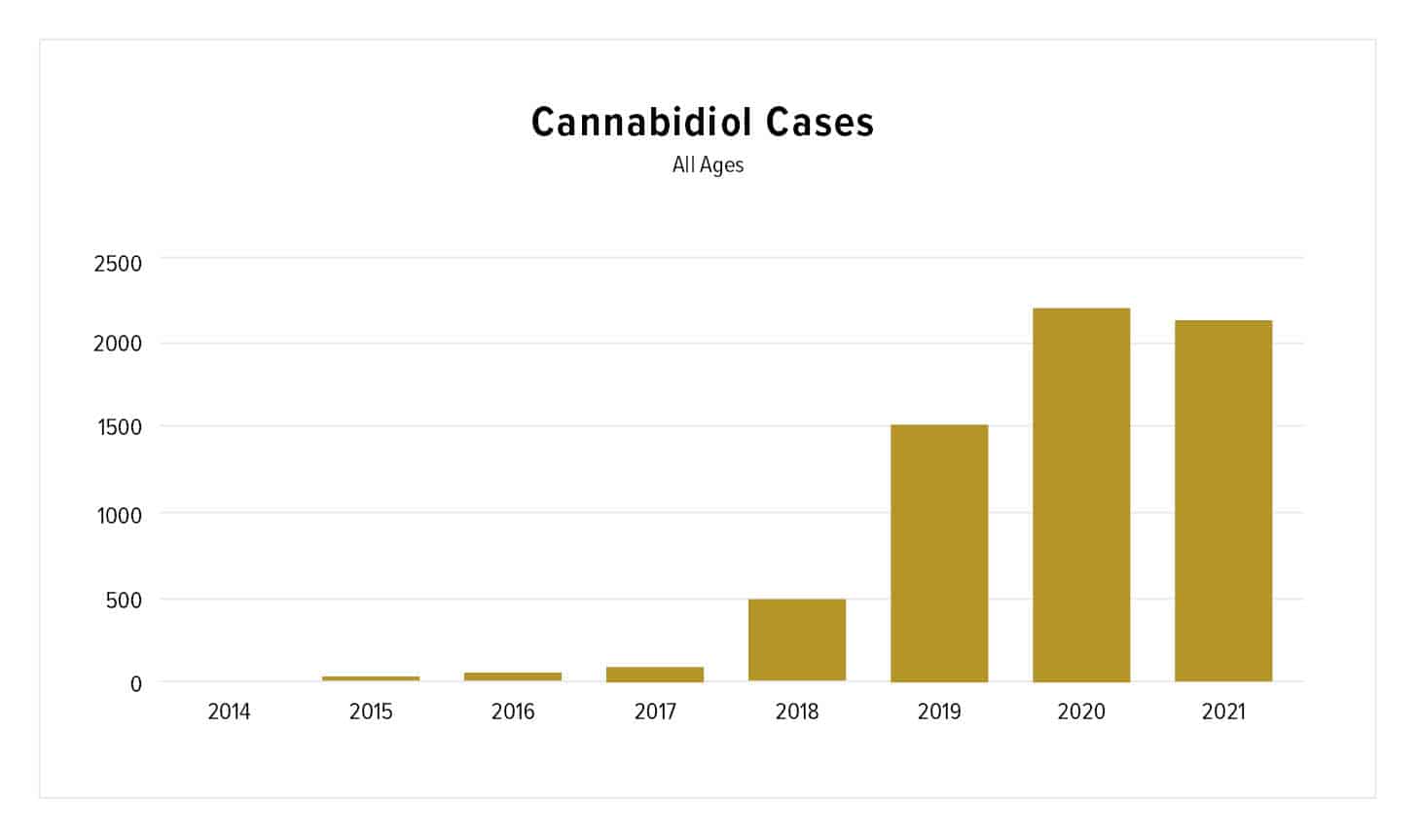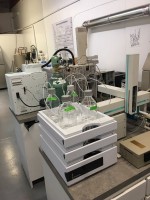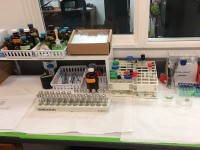In a long-awaited announcement, Colombia authorized exports of dried cannabis flower for medical purposes. For businesses in the country, it’s a move that increases the growth potential of the nascent cannabis industry.
Colombia had approved a regulatory framework in July 2016 governing the production, distribution, sale and export of seeds—as well as products like creams and other derivatives based on cannabis—but had prohibited the export of dried cannabis flower, fearing that such a move would allow diversion of legal cannabis products into the illicit marketplace.
The new decree, 811, issued July 23, modifies an earlier law that regulated the commercialization of medical cannabis, Justice Minister Wilson Ruiz said.
The new decree also allows manufacturers to produce goods such as oils, extracts, textiles or food containing “non-psychoactive cannabis”—so long as they are limited to biomass containing less than 1% of THC. (Colombia does not make distinctions between “cannabis” and “hemp,” as in other countries, but rather uses the “psychoactive” nomenclature at the 1% THC content threshold.).
Colombia President Ivan Duque signed a decree ending “the ban on the export of dried flower” in an event organized at a facility owned by Clever Leaves, one of the 18 multinationals that grows medicinal cannabis in Colombia.
“Colombia starts to play big, and with this decree we are putting ourselves at the forefront in terms of regulatory competitiveness, at least in Latin America and the Caribbean,” he said, noting that the country is no longer only working in a pharmaceutical market. “We are opening the space to do much more in cosmetics … [including] food and beverages and even textiles,” the president said.
Duque’s office estimates that the global market for medicinal and industrial cannabis may be worth US$62 billion by 2024. National and international companies have invested US$250mn in Colombia to develop this industry.
Colombia, one of the world’s largest cannabis producers in the 1960s and 1970s, and the world’s biggest supplier of cocaine, continues to change the country’s drug policy.
With the regulation followed by a new resolution that will regulate how the dried flower should be produced, Colombia joined other counties in the region that have authorized exports of dried flower, said Jon Ruiz, director of the consultancy firm CannCons and former CEO of the cannabis companies Pharmacielo and Medcann. Notably, Colombia will have a competitive advantage against Ecuador, a neighboring nation with similar geographic conditions, which only authorized exports of non-psychoactive dried flower, he said
The resolution is expected to be ready in two months, Ruiz said. The Ministry of Justice will continue to be responsible for issuing licenses for seeds for the cultivation of cannabis plants. Meanwhile, the National Food and Drug Surveillance Institute (INVIMA) will issue the licenses for derivatives.
Until recently, dried flower produced in Colombia was only allowed to go into the Free Trade Zone for transformation for derived products such as cannabis extracts or oils.
Advantages
The biggest competitive advantage to produce and export dried flower is pure production cost, analysts said.
According to Ruiz, one gram of cannabis flower in Colombia cost less than $0.50 to produce, while in Canada the cost tends to be more than over US$1.00.
Located close to the equatorial line, cannabis plantations can soak up sun 12 hours each day, year-round, compared with Europe or North America where farmers in many areas will build out greenhouses or indoor facilities to guarantee production throughout the year.
Investors have also factored the costs of growing cannabis in Colombia compared with counterparts as they can find skilled cheap labor force with experience in the flower industry and inexpensive land.
Exports Set to Skyrocket
Colombian think tank Fedesarrollo sees export revenue from the cannabis industry bringing US$800 million by 2025 and hitting an average of $2.3 billion in a decade hence. Colombia exported $5 million in cannabis byproducts in 2020 and $8 million in the period from January to June 2021, according to Rodrigo Arcila, president of the Colombian Cannabis Association (Asocolcanna).
“The growth potential is enormous. I cannot provide an exact figure, but companies were awaiting this announcement to prepare their crops and organize their business plans,” Arcila told CBT.
Executives from Clever Leaves, a cultivator, manufacturer and distributor listed on the Nasdaq, said exports of dried flower represent more than 50% of the world market for medicinal cannabis and participating in this segment will increase the country’s exports.
Julian Wilches, co-founder and director of Clever Leaves’ public affairs, said Colombia was one of Latin America’s pioneers of regulating production and exports of derivatives, but the export of flower will allow the expansion of the portfolio of products and services—generating greater opportunities and better prospects for the integral development of the industry.
READ MORE: Northern Swan Fully Integrates Colombia’s Clever Leaves
“The countries of the region have been updating their regulations, such as Peru, Ecuador, Mexico and Brazil, precisely to gain competitiveness. Colombia’s response was to be at the forefront and we are ready to serve this new segments,” Wilches said.
In Germany’s retail market, dried flower represents 53% of sales. It’s a country that represents 75% of the European market for medicinal cannabis and which currently depends entirely on imports. Likewise, the share of dried flower in Canada represents 73% of the units sold, while in the U.S. it is estimated to be above 60% of total sales, according to the team at Clever Leaves, citing a study published by Health Canada.
The company—with 18 hectares fully in production in the central province of Boyacá and a sophisticated laboratory in Tocancipá, located north of Bogotá—has invested US$70 million since 2018 in Colombia, and the market will tell how much they will have to invest more to expand into exports of flower, Wilches added.
Job Potential
Ruiz’s minister of justice said the administration of Duque is betting on this sector to reduce unemployment in Colombia, a nation hardly hit by the pandemic. The Colombian economy contracted 6.8% in 2020, according to the national statistics agency. That is its worst year since records began tracking such metrics in 1905, and the record-breaking measurements have left the country wracked by soaring debt and mass unemployment.
The cannabis sector generates 17.3 jobs per hectare and could create 7,772 formal agricultural jobs by 2025 and 26,968 by 2030, Fedesarrollo said.
“The decree strengthens a strategic sector to have economic growth and job creation,” Ruiz said.
Colombia had 120 hectares dedicated to grow medicinal cannabis, and the expansion potential is large as 450 hectares by 2025 and as much as 1,558 hectares in 2030, Fedesarrollo added.
The decree also strengthens measures for monitoring and control of the licenses issued, so that the authorities have clarity regarding the start of activities. Companies obtaining licenses to grow non-psychoactive hemp will secure licenses for 10 years with the potential to renovate them.
